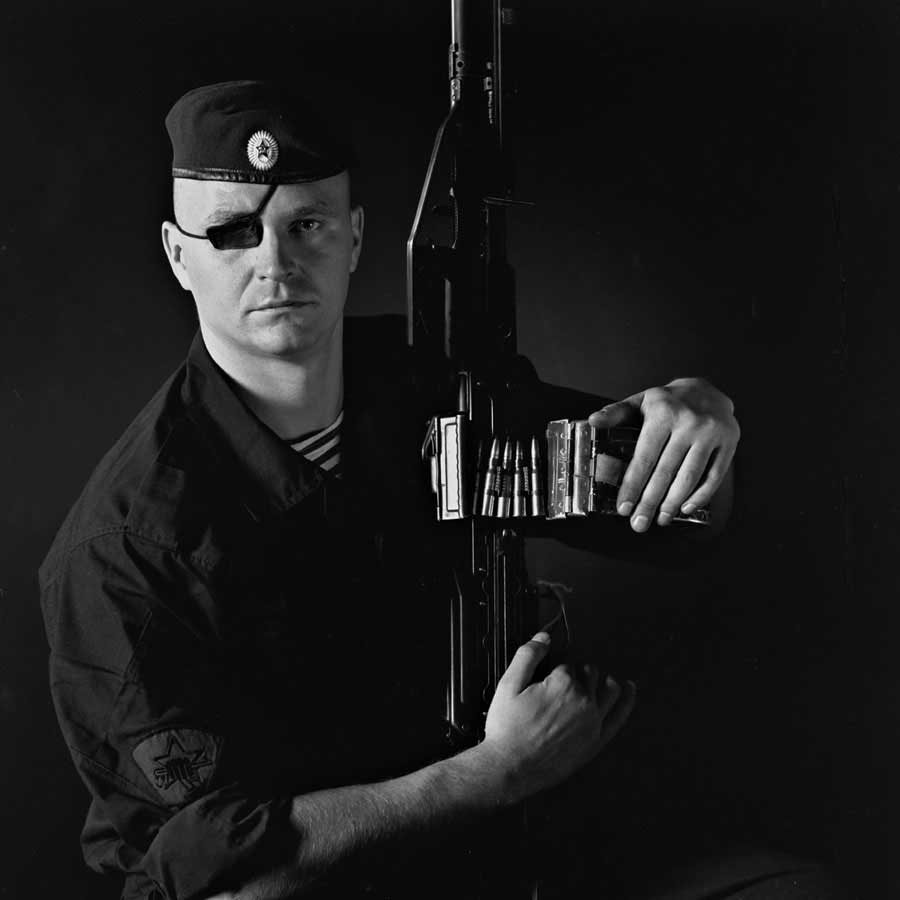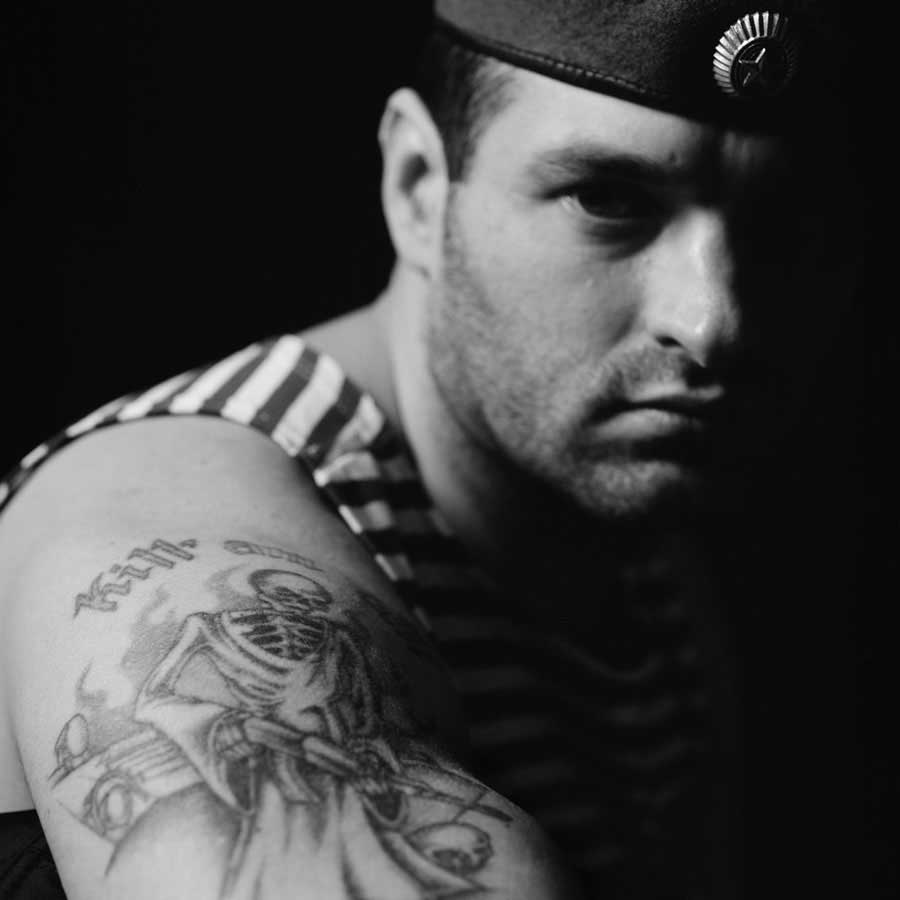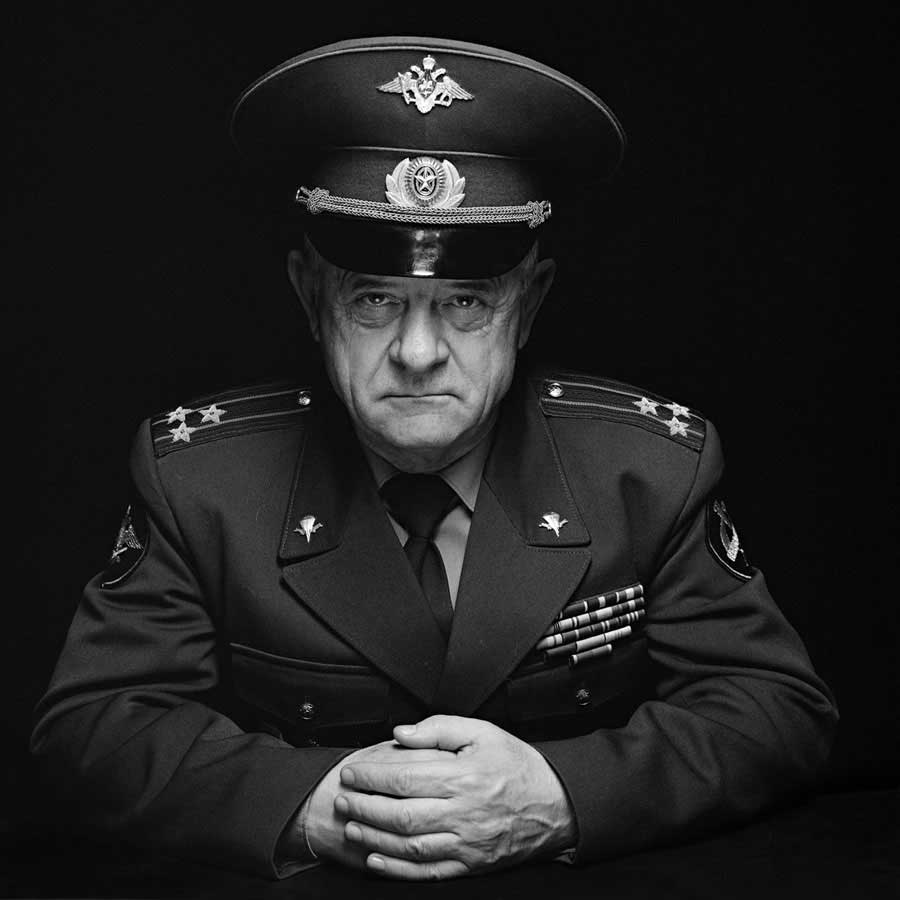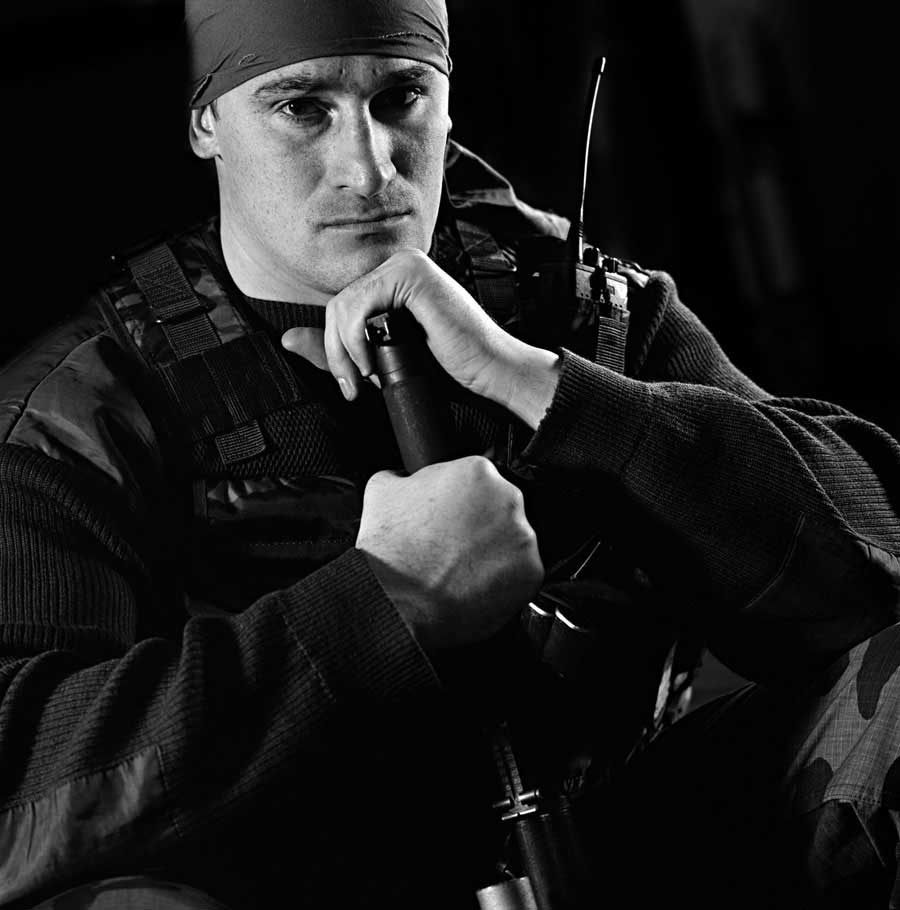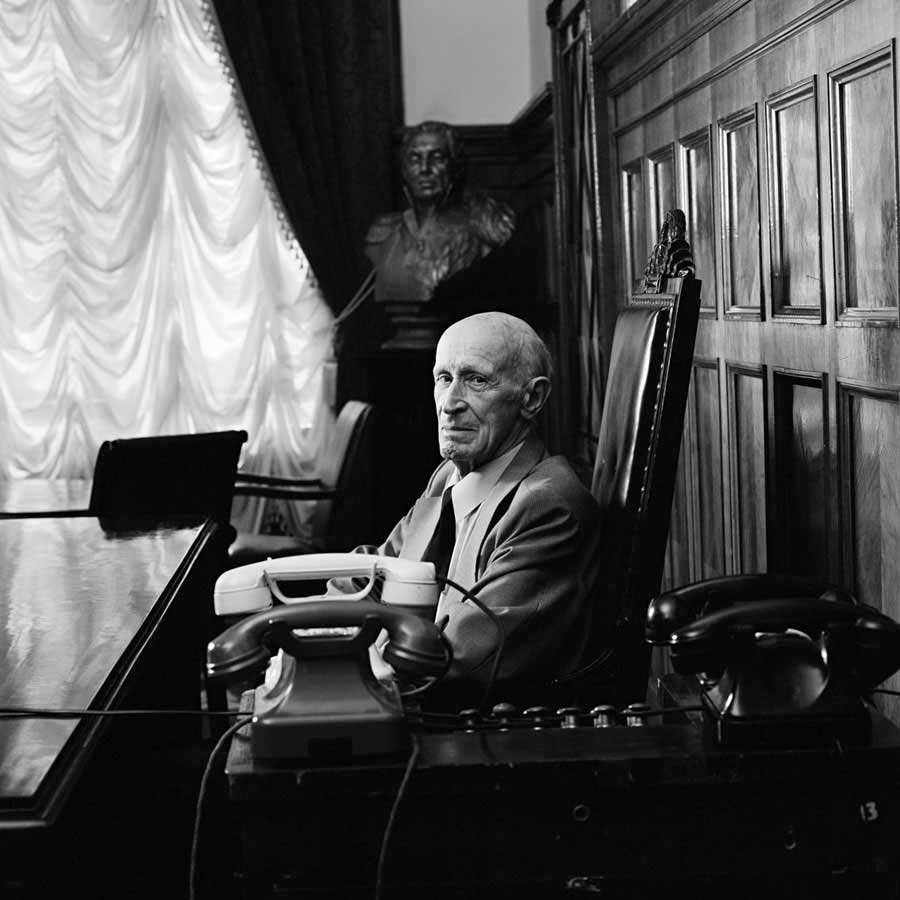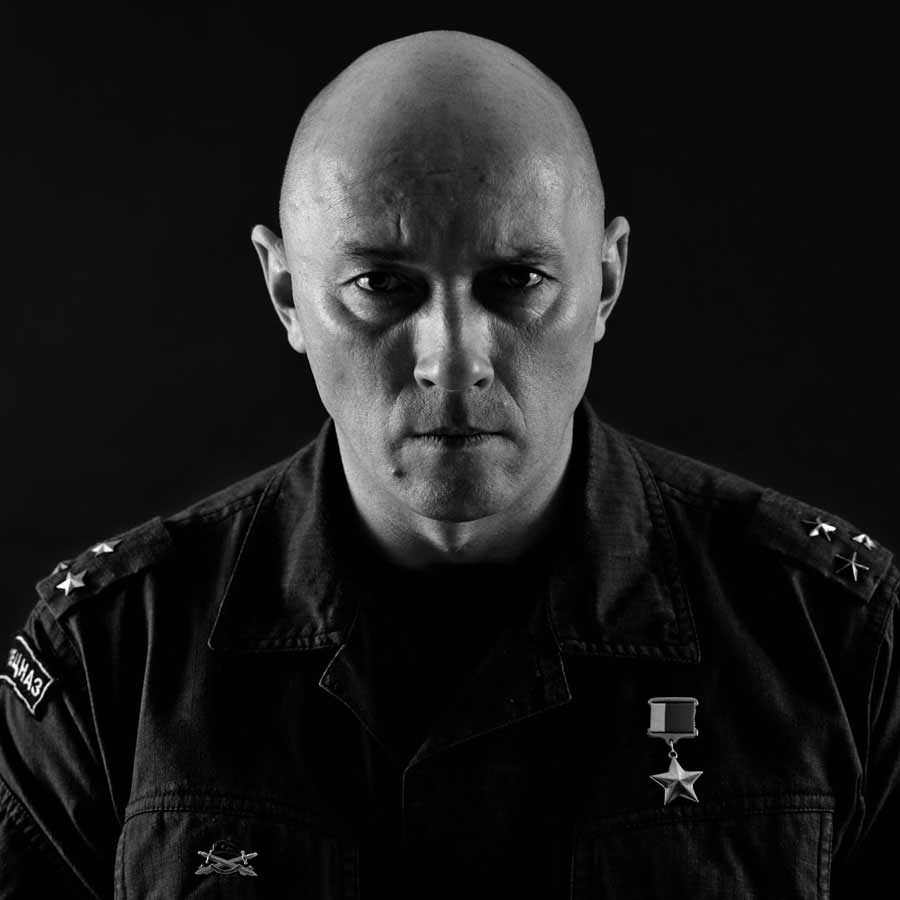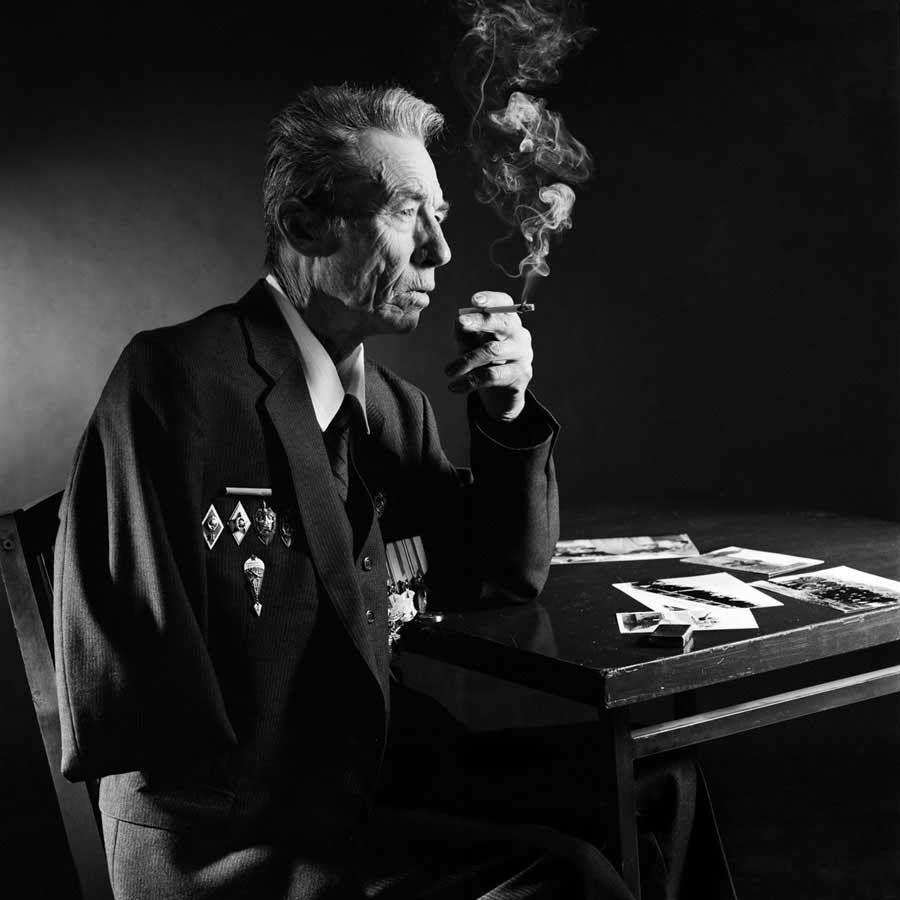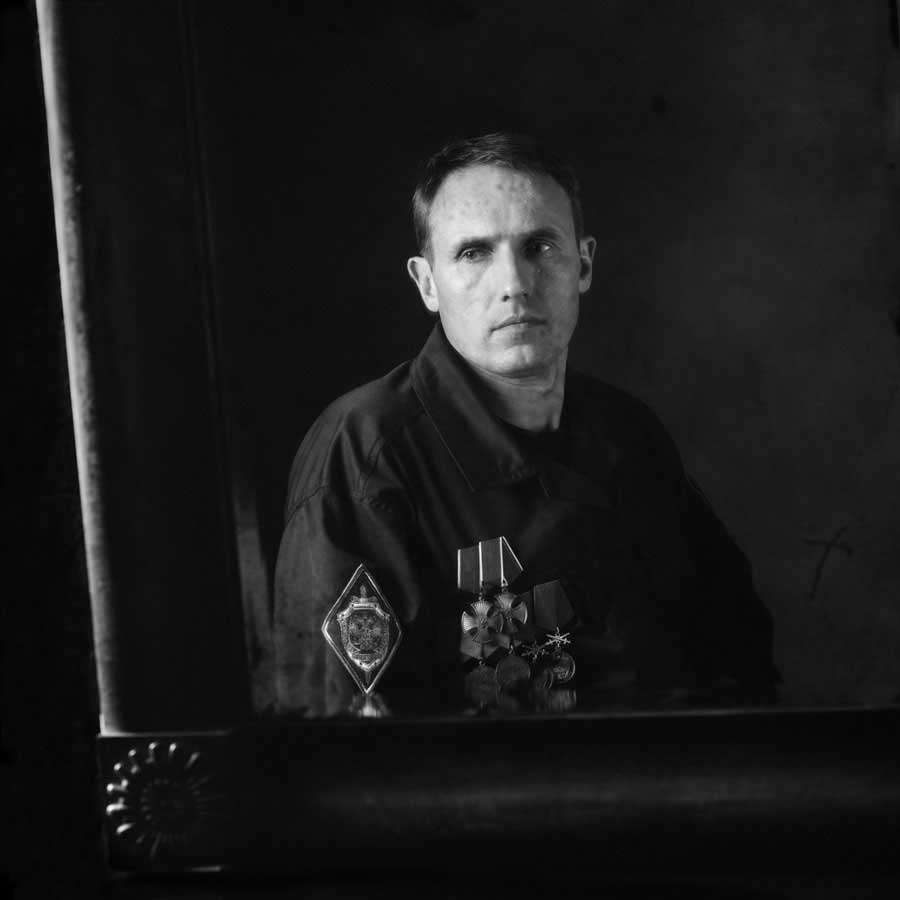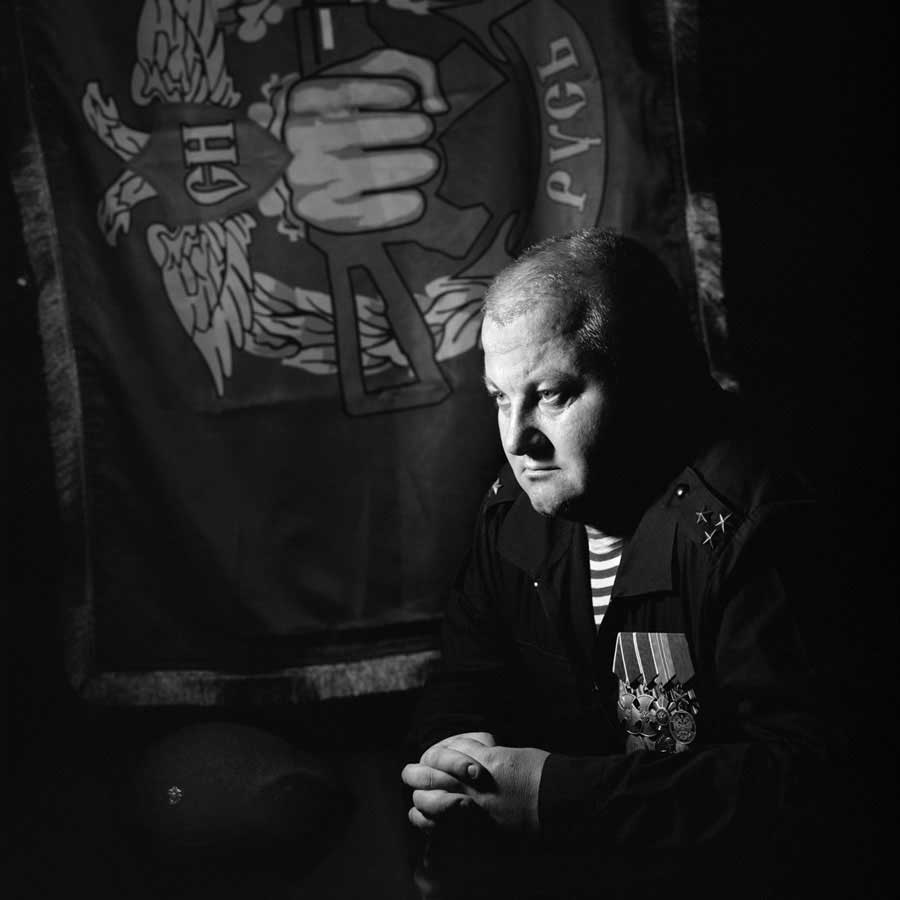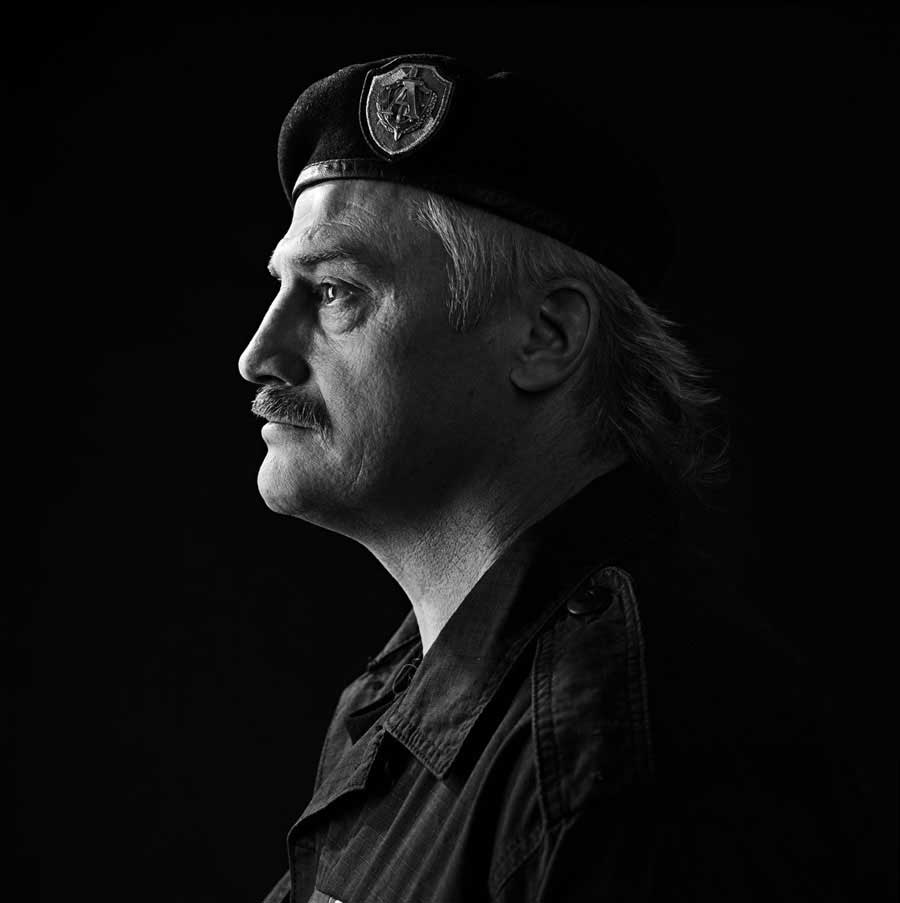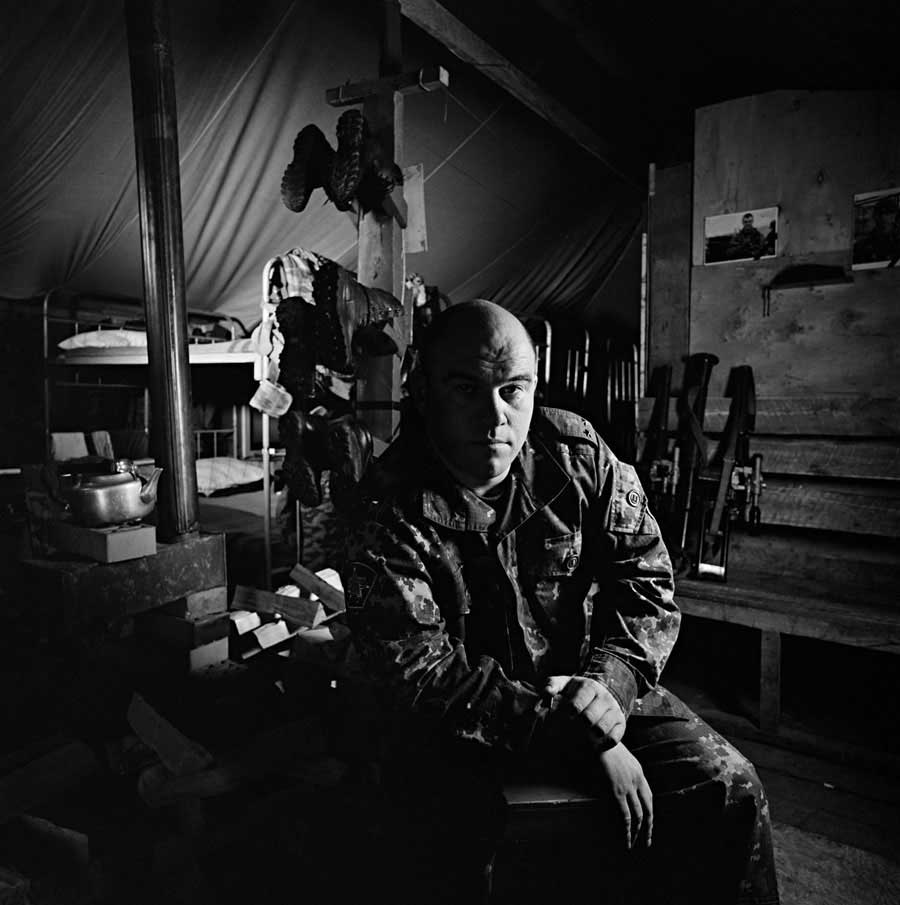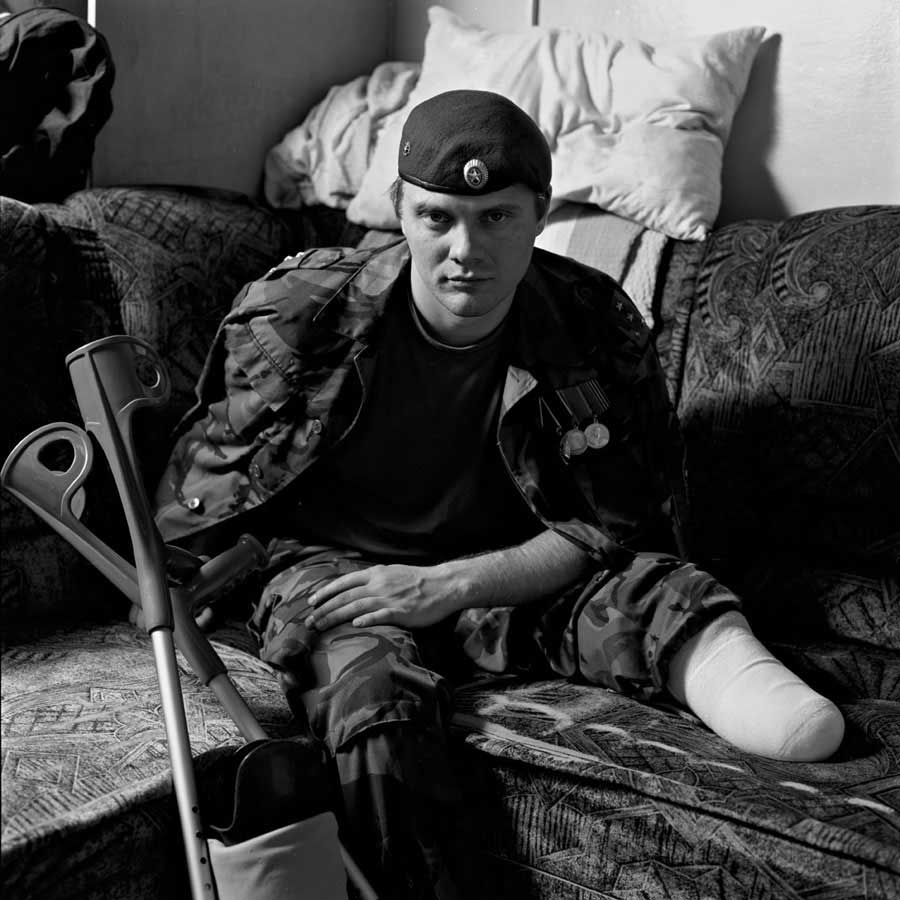Russia’s special forces, known as the Spetsnaz, are among the fiercest and most secretive fighting operatives in the world. My portrait project on the Spetsnaz dates informally to August 1999, when I found myself at age 29 caught in a firefight together with a Spetsnaz group in Russia’s restive republic of Dagestan.
Years went by, and as I covered the war in neighboring Chechnya, I came to know many of these fighters personally, building contacts among them. During the siege of a school in the city of Beslan in 2004, those relationships helped me embed with the elite Spetsnaz brigades charged with freeing the more than 1,000 children, parents and teachers trapped by terrorists inside the school. The images I took went around the world and later made me one of the subjects of the Emmy-winning documentary, “Three Days in September,” narrated by actress Julia Roberts and introduced at the Tribeca Film Festival in 2006. (http://www.cbsnews.com/videos/three-days-in-september/)
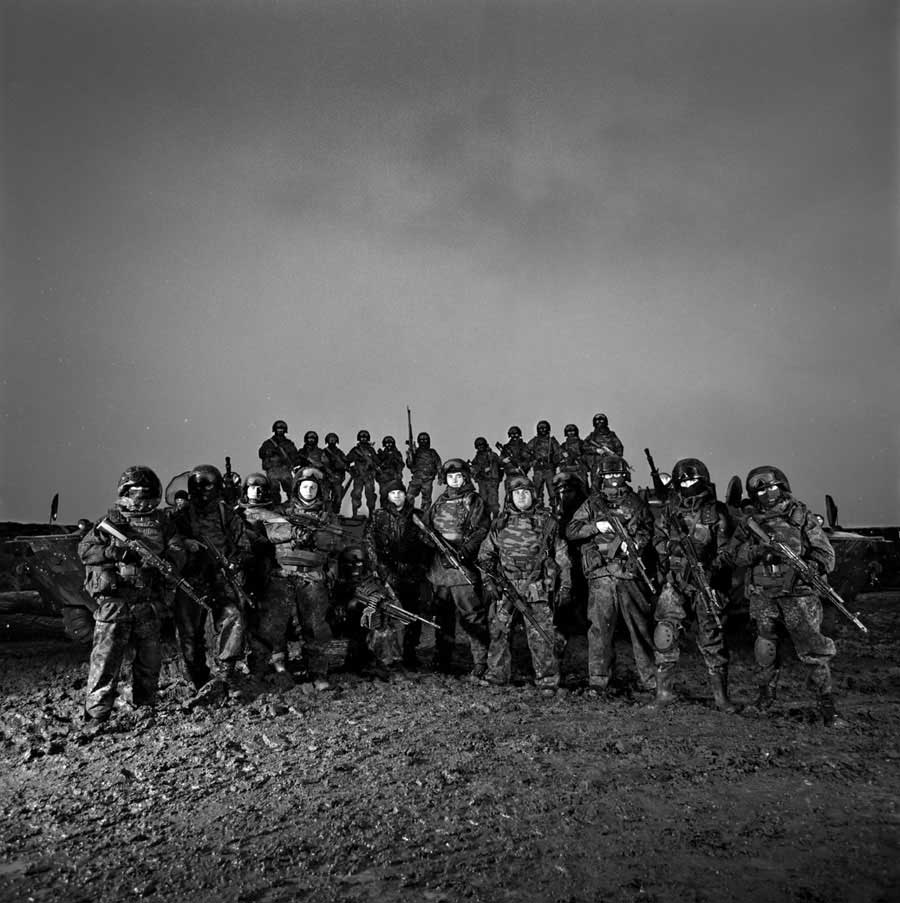
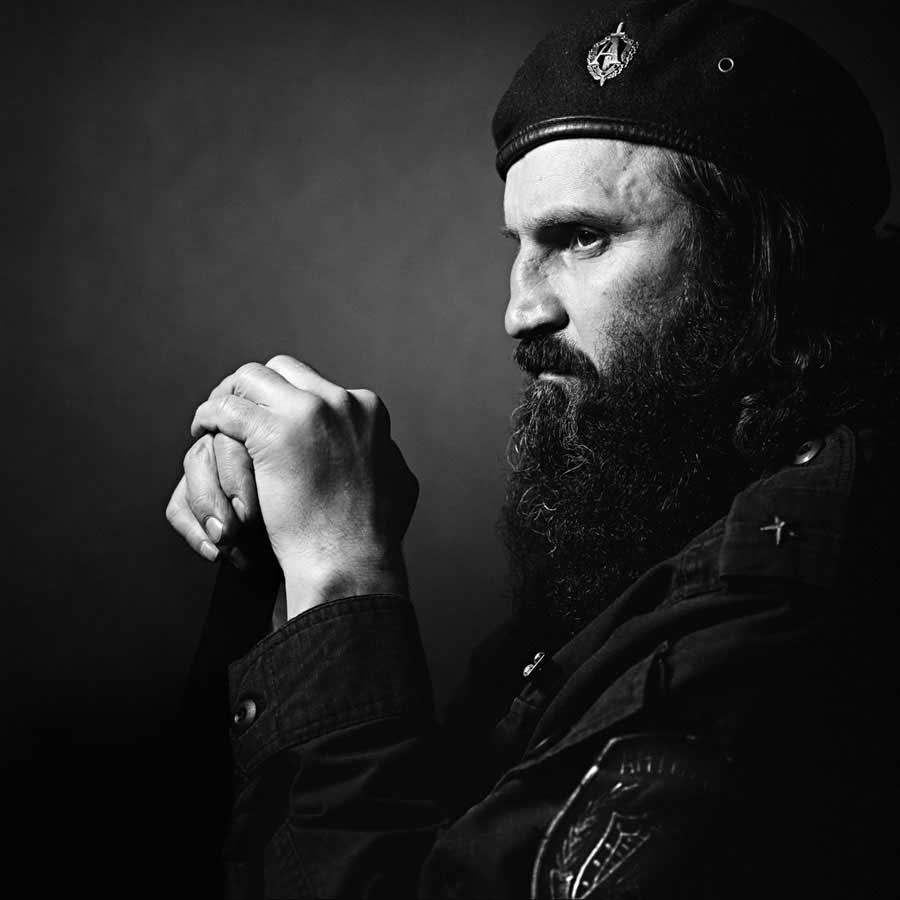
As far as portraits went, active-duty Spetznas officers were off limits, prevented by the rules from having their faces made public. So I turned to the veterans. After taking an eight-week portraiture and lighting technique course at the International Center of Photography in New York, I began taking images. At first it seemed like an impossible mission. Asking people who had spent their lives in the shadows — imagine the secrets behind these eyes — to come forward and pose for portraits in a studio was difficult enough. Many of them thought I had gone mad. The rivalries and animosities among them created additional, unforeseen challenges. Who else would be photographed? Who was a real hero and who wasn’t? Who deserved a portrait and who didn’t? These were the questions that came to occupy these men.
In 2010, the project won first place Portrait Series Award at the NPPA Best of Photojournalism contest. The final images were published in a book in 2011 as well as an exhibition at the Russian Museum of Contemporary History.
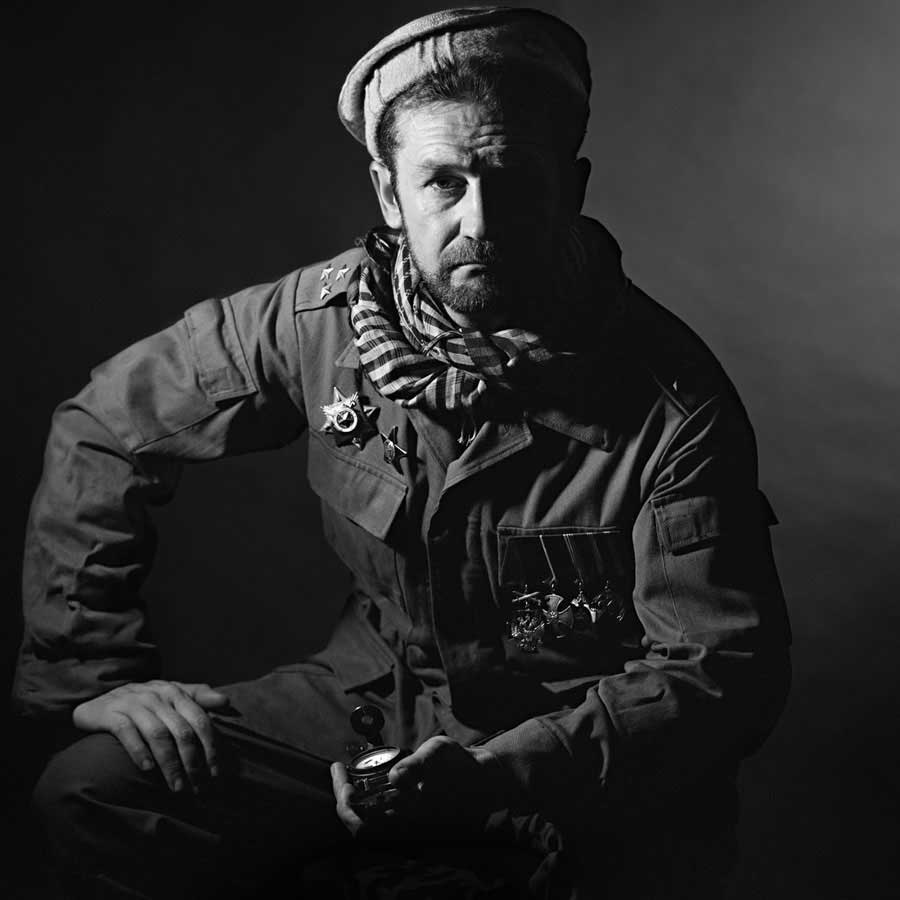
I have executed the Spetsnaz project on b/w film with Hasselblad 503 CW and I used Bowens 500 Esprit 3-lights kit and Canon 5D MkII
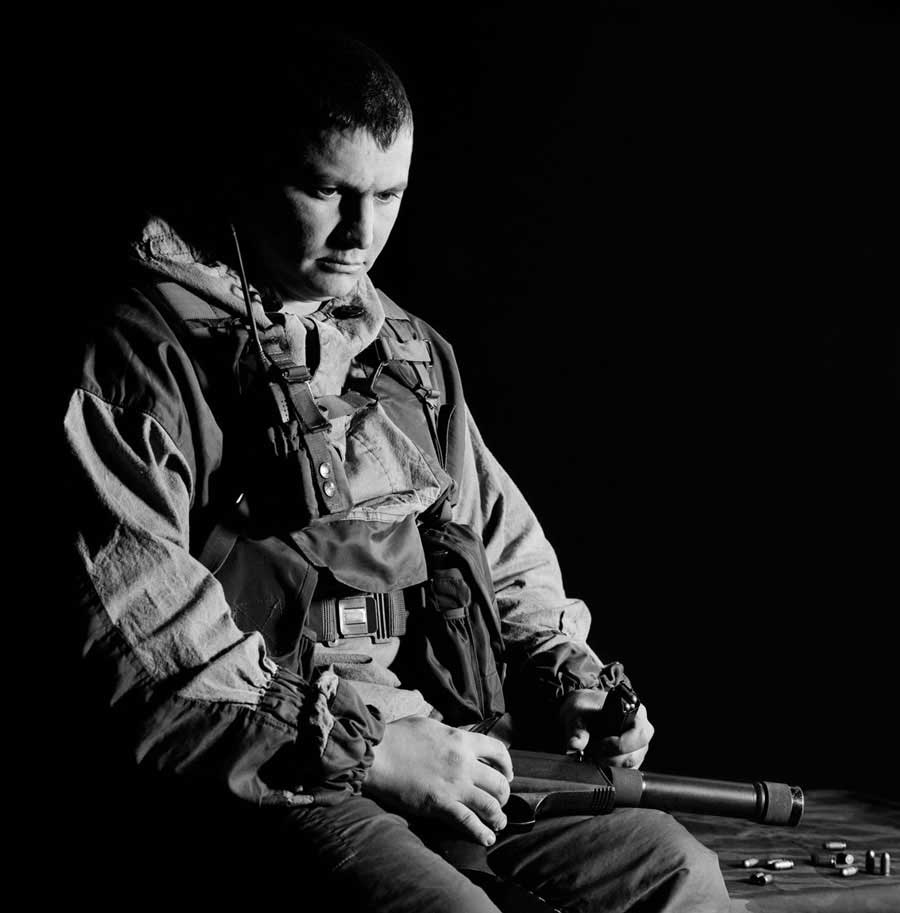
About Dmitri Beliakov
I grew up in Russia and began to take pictures professionally 1997 when working as a translator-researcher for Express Newspapers and producer for various TV-channels from 1993-1996. My main interests are issues such as the human conflicts, human rights abuses, war crimes, victims of terror and post-war syndrome, drugs-trafficking, poverty and ecology issues. As well, since 2002-2008 on contract to Bloomberg photo-desk my pictures have illustrated business, political, economic, and news feature stories throughout Russia and the former Soviet Union.
My picture-stories and news photos have been published in The Sunday Times Magazine, Newsweek International, New York Times, American Photo Magazine, Stern, Der Spiegel, GEO Magazine (German, Spanish and Russian editions), Paris Match, Russian Reporter Magazine, many others.
My photography icons – Jan Grarup, James Nachtwey and Don McCullin gave me faith and encouraged me with their non-conventional approach. Their picture stories and projects have original forms and evince a kind of rugged individualism; they have native style, the element that above all I have admired, however I could not but see that like all media, the photography has found itself in an age of upheaval.
The once-successful union between photographers and the news media is breaking down. Even some of the greatest, most successful photographers find themselves merely surviving in our industry and must work for their keep. Apart from the dire financial realities, this has impacted the role of the photographer, too often reducing him or her to a basic and replaceable tool – a servant whose role is no more than to frame the theme of a story preconceived ahead of time by somebody else. This prepackaging can cause us to miss vital, even crucial elements of the story. Sometimes we miss the truth…
In an attempt to keep alive my artistic sensibilities in between regular assignments with international news organizations, I have long been going on my own, kicking off self-funded projects without an assignment or sponsorship, in an attempt to keep alive my artistic sensibilities in between regular assignments with international news organizations. Two documentary projects I am most of all proud of are “Veterans of Spetsnaz: The Portraits of Secret Soldiers” and “The Ordeal, 70 Years on: Last Witnesses of Stalin’s Mass Exile”. [Official Website]
Kvachkov was a key suspect in connection with an assassination attempt on father of Russian privatisation Anatoly Chubais. In 2010 Kvachkov was arrested again on another accusation of anti-constitutional plot against Vladimir Putin’ regime.
